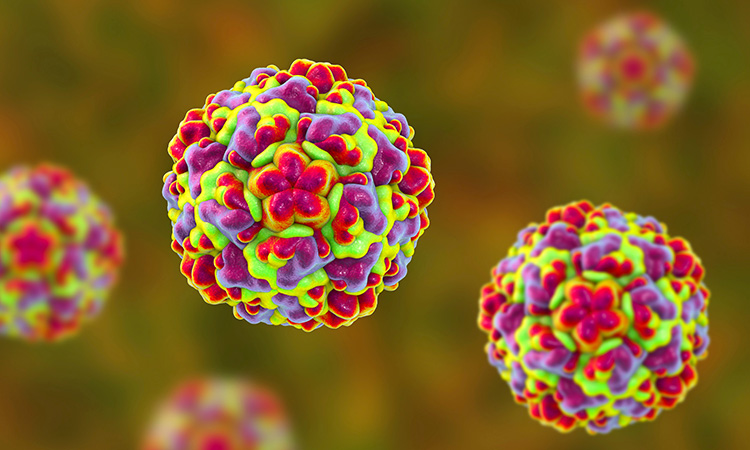Broad T-cell responses: designing a rhinovirus vaccine
Posted: 31 March 2021 | Nikki Withers (Drug Target Review) | No comments yet
The multiple serotypes of rhinovirus have presented difficulties for vaccine developers. Now, a team led by Professor Gary McLean from London Metropolitan University and Imperial College London, alongside Professor Sebastian Johnston from Imperial, has formulated a potential vaccine. Nikki Withers spoke to McLean to discover how the vaccine works and the promising results it showed in pre-clinical studies.


There are 160 different serotypes or strains of rhinovirus, making the development of a vaccine extremely challenging, according to McLean. Due to this high number of viral variants, the traditional technique of injecting an inactivated form of the virus to induce immunity is physically impossible and could not be administered to patients. To address this issue, McLean and the research team investigated how to find one aspect that is common to as many serotypes of rhinovirus as possible and use that to develop a recombinant subunit vaccine.1
The team focused on the well-characterised type A and type B rhinoviruses, of which there are approximately 100 known strains, using a bioinformatics approach. When the researchers began their study, a third group of rhinoviruses, type C, had only just been discovered and due to the limited information available was therefore excluded from their research.
Related topics
Antibodies, Immunology, In Vivo, Vaccine
Related conditions
rhinovirus
Related organisations
GenScript, IDBS, Imperial College London, London Metropolitan University, Sanofi Pasteur
Related people
Professor Gary McLean, Professor Sebastian Johnston








